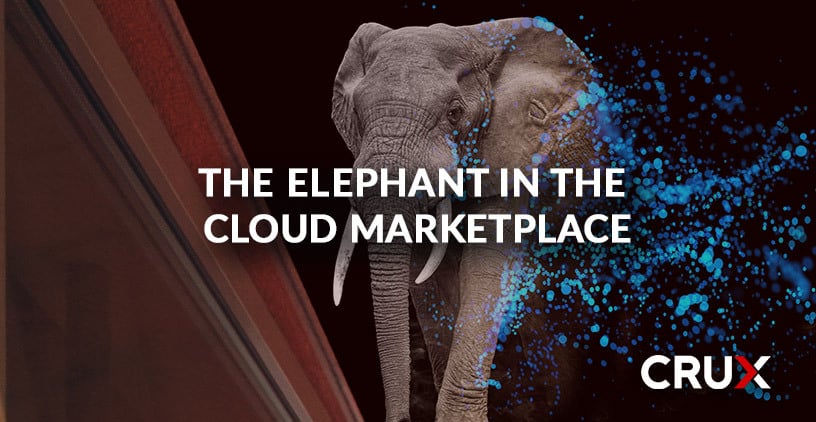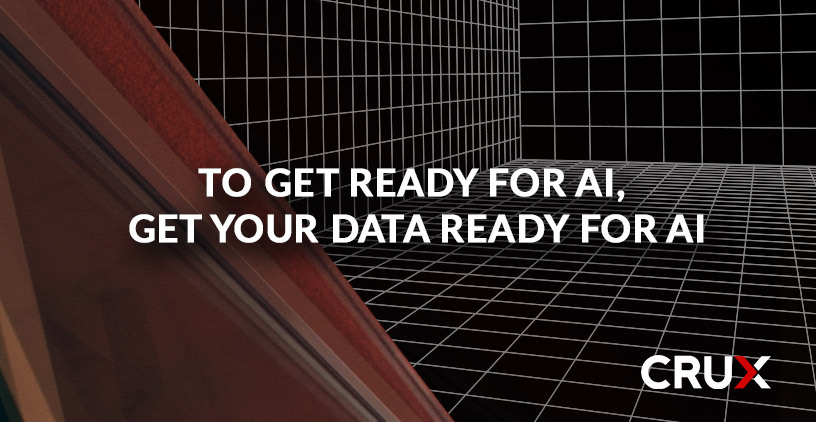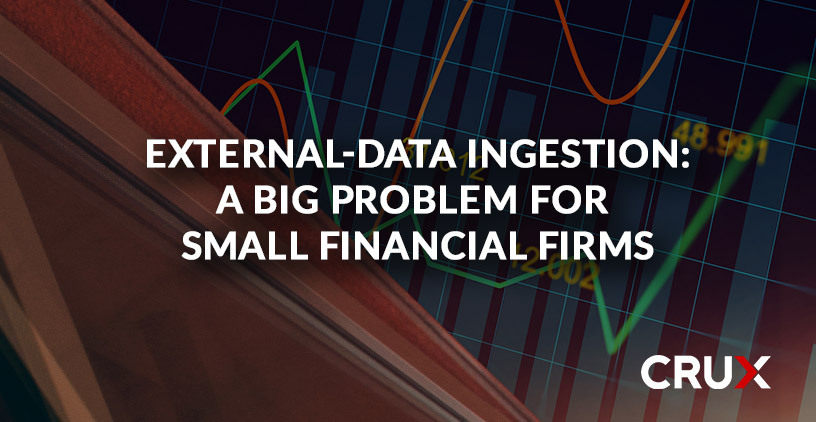What Cloud Marketplaces Do and Don’t Do
Not long ago, we observed here in our blog that the critical insights that drive business value come from data that is both (1) fast and (2) reliable.
This series shares insights from our CEO Philip Brittan to help you gain value from data efficiently. Last week’s tip can help you solve the first mile challenge by thinking holistically about finding, evaluating, and using data. This week, we’re zooming in on the first step of the first mile: efficiently finding the data you need.
Tip #2: Join an open marketplace to quickly and easily find relevant data from multiple sources.

The days are gone when your company could purchase the same set of pricing data from the same vendor every year and gain an edge on your competitors. Today, the multiverse of data offers companies an ever-expanding “haystack” filled with more and more valuable “needles.” The challenge has become how to find the gems before your competitors do.
With data from satellites, drones, mobile devices, online transactions, social media, and more, firms feel increasing pressure to find the right data quickly, and use it quickly, before it becomes yesterday’s news. The answer to the question of whether to search for insights in traditional market data, new alternative data, aggregated data, or public government data has become all of them, and preferably in combination with one another.
To optimize how you find data, we recommend joining a data marketplace where you can explore alternative data, traditional market data, and public data, all together. The entire financial services industry can work more efficiently when the market of data sources is less fragmented and easier to navigate. That’s why Crux has created a data “mall” where data suppliers are free to set up storefronts and showcase their datasets to the world of data users, all in one place.
When you use data from multiple sources, we recommend that you develop and apply a consistent set of standards to all of your datasets. Applying standards to your datasets helps you easily join and correlate them to make new and valuable discoveries. For example, let’s say you want to combine geolocation data on customer foot traffic in stores with online customer ratings of those stores to understand which stores are performing best. First, you’ll need to standardize the store ID numbers across both datasets. This standardization empowers you to join the two datasets together to see a full view of your data on each store. Standardizing data is just one of the many data engineering tasks that Crux carries out to make your data delightful.

Enjoyed these videos? Excited to learn more? Click here to see Philip’s full presentation on “Solving the First Mile: Solutions for Ingesting and Cleaning Alternative Data.”

Not long ago, we observed here in our blog that the critical insights that drive business value come from data that is both (1) fast and (2) reliable.

This past year has been exciting, representing the dawning of a new age for artificial intelligence (AI) and machine learning (ML)—with large...

How do you get white-glove customer service from a major data supplier?